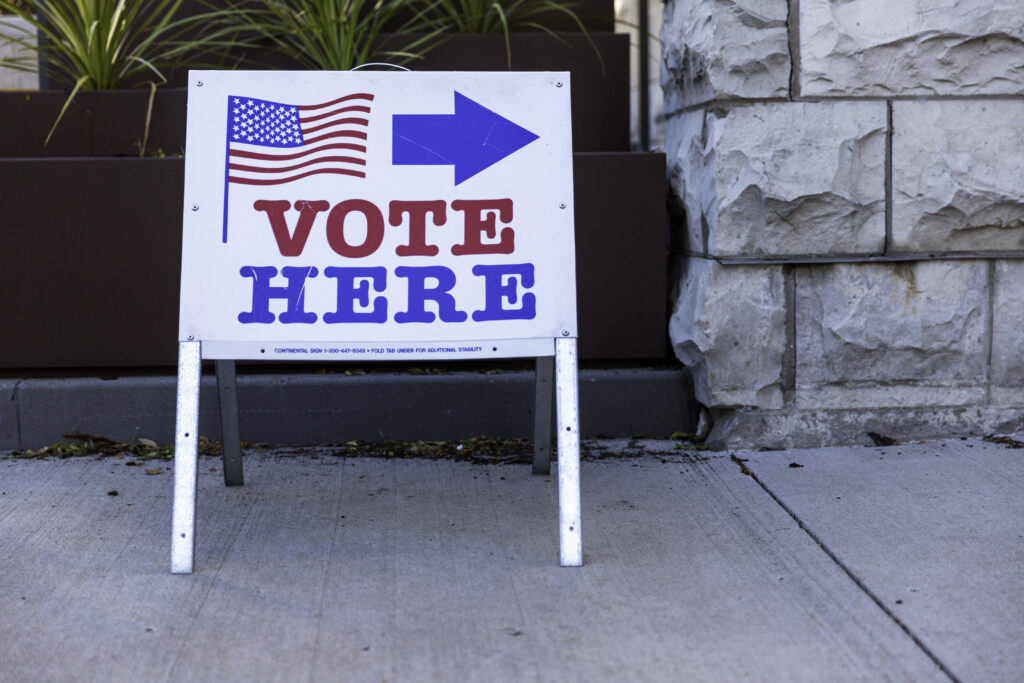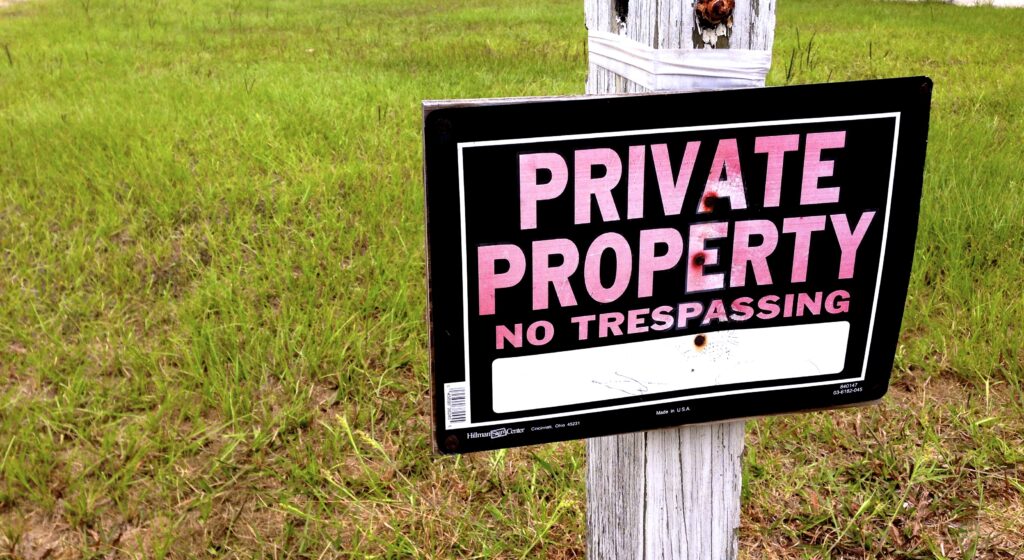Over the past several years, the popularity of “ridesharing” services has grown exponentially across the country. Providers such as Uber, Lyft, and Sidecar do not own any vehicles or employ drivers, but instead have developed smartphone applications that enable consumers to access on-demand driver services. Users can request the closest driver, track the route to their destination, pay electronically, and obtain detailed digital receipts. In many cities these applications work with taxis, limos, and private citizens who drive their own vehicles as for-hire livery options, often at a lower price not under local government control.
As consumer support for ridesharing increases, lawmakers in Washington DC, Minneapolis, Houston, and Chicago are facing pressure from traditional taxicab providers to impose onerous regulations on ridesharing. Some cities already have enacted such regulations, including Seattle, which now limits each rideshare company to 150 vehicles. Others cities, including New Orleans, Portland, and Miami, have banned ridesharing outright.
Proponents of such regulations argue rideshare companies have an unfair advantage because they are not forced to adhere to taxi regulations such as price controls, licensing fees, maintenance and insurance requirements, and hours of operation. They also argue allowing unregulated “amateur” drivers poses significant risks to consumers.
Consumer demand for ridesharing services, however, demonstrates why additional regulations on transportation network providers are unnecessary. Rideshare companies must build customer loyalty and positive feedback in order to exist. This serves as a market-based form of regulation. In order to build a large customer base, companies do background checks of prospective drivers, use traditional cars that don’t look like taxis, and utilize consumer rating systems to ensure only the best drivers and vehicles are available to their customers. Customer loyalty and demand for ridesharing have been booming in large part because it offers consumers an alternative to the traditional cab industry, which David Autor, an economics professor at the Massachusetts Institute of Technology, says is “Characterized by high prices, low service, and no accountability.”
Many rideshare companies have adopted a “surge” pricing method based on supply-and-demand rather than a single regulated rate. In times of high demand, such as during a storm or on the night of a holiday, the price “surges” upward. This pricing system provides consumers with a larger supply of drivers during peak times because it gives drivers greater incentive to work during those periods. The price may be higher, but it alleviates the common problem of not being able to find an available cab. Outside of peak times, rates offered by ridesharing companies are usually lower than government-set taxi rates.
Imposing burdensome regulations on ridesharing providers would suppress competition, increase cronyism, and reduce access to transportation options that are reliable, safe, and affordable. Instead of increasing regulations on the rideshare industry, policymakers should consider reforming and removing regulations from traditional taxicab services that make them less competitive.
Multiple perspectives on transportation network providers and ridesharing can be found in the documents below.
Ten Principles for Improved Business Climate
http://heartland.org/policy-documents/ten-principles-improved-business-climates
Maintaining a good business climate has never been more important. Thanks to the Internet, the collapse of communism around the world, and advances in shipping and logistics, capital and labor are much more mobile than in the past. Businesses must bid for customers and workers not only from local competitors but from businesses in other communities, in other states, and even in other countries. Small changes in taxes, regulations, and other cost-drivers can lead to businesses losing customers and possibly failing or relocating.
Invasion of the Taxi Snatchers: Uber Leads and Industry’s Disruption
In this BloombergBusinessweek article, Brad Stone examines the rise of Uber and other transportation network services and explains how they became so successful. The piece includes commentary from the Uber CEO, current and past company drivers, and economists who explain the impact of the ridesharing model.
The 6 Worst Things About Illinois’ Proposed Ridesharing Law
http://www.illinoispolicy.org/the-6-worst-things-about-illinois-proposed-ridesharing-law/
The Illinois Policy Institute’s Jacob Huebert outlines several shortcomings of Illinois’ proposed ridesharing law. In particular, he notes ridesharing should not be a state issue in Illinois, as the only city in the state where ridesharing services can be found is Chicago.
How Tech Can Render Regulations Uber Obsolete
http://www.cato.org/blog/how-tech-can-render-regulations-uber-obsolete
Improvements in the technology industry are making many regulations obsolete. Cato Institute Research Fellow Julian Sanchez argues, “On the Uber model, any rationale for subjecting driving services to a special regulatory regime—beyond the rules that apply to every business—simply evaporates.” Sanchez shows Uber and other similar companies are regulated naturally by market pressures.
An Uber Challenge to Tacky Taxis
http://mercatus.org/expert_commentary/uber-challenge-tacky-taxis
Matthew Mitchell of the Mercatus Center describes how Uber is successfully breaking the monopoly of the Washington, DC taxi commission. The commission has responded with proposed regulation, and Mitchell claims it is because “regulators often are captured by the very industries they are intended to regulate. In this case, it appears the commission is more interested in serving the extant D.C. taxi operators rather their customers.”
Uber Gives Taxi Regulators an Economics Lesson
http://blog.heritage.org/2012/12/03/in-ubers-regulatory-fight-its-economics-vs-emotion/
The “surge-pricing” system used by Uber has come under fire from critics who claim it gouges customers. Lachlan Markay of The Heritage Foundation refutes these claims, noting the company is simply engaging in basic supply-and-demand economic principles.
Uber Violence and Supply & Demand
http://www.cato.org/multimedia/daily-podcast/uber-violence-supply-demand
In a Cato Institute podcast, Peter Van Doren, a senior fellow of the Cato Institute and editor of Regulation magazine, discusses the impact of Uber and explains how its success is determined by free-market principles.
Nothing in this Research & Commentary is intended to influence the passage of legislation, and it does not necessarily represent the views of The Heartland Institute. For further information on this and other tax topics, visit The Heartland Institute’s Web site at http://heartland.org, Budget & Tax News at http://news.heartland.org/fiscal, and PolicyBot, Heartland’s free online research database, at www.policybot.org.
If you have any questions about this issue or The Heartland Institute, contact Heartland Institute Government Relations Coordinator Alex Monahan at 312/377-4000 or [email protected].


